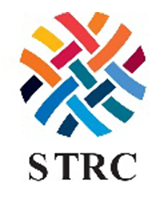Tim Heller, Vice President/Plant Manager, JB Martin
Presented is a way to dye cotton fabrics without the use of salt or alkali, while at the same time greatly reducing the water usage to less than one kg of water per kg of cotton and in turn reducing energy consumption. This more sustainable process has been validated with a production history over the last several years.
The ever-changing color trends often driven by fashion experts, keep the consumers appetite for the latest colors in apparel and home furnishings regularly unsatisfied. Both annual and seasonal changes help fuel sales which help the retailer, textile manufacture and all of the supply chain
that supports the production of these new products. Traditional methods of dyeing cotton fabrics require large amounts of water, a significant amount of energy to heat the dye bath and rinse water, as well as significant amounts of salt and alkali. An unfortunate byproduct of this production is significant water pollution from the processes that it takes to put the color into these products. This presentation delves into an alternative process in dyeing cotton that takes a
specially prepared cotton substrate and dyes the substrate with a very low moisture foam application. Dye liquor ratios of .5 to 1 are being used without the use of salt or alkali with speeds up to 50 yards/min and no rinsing of the fabric after dyeing. The resulting process reduces typical effluent and energy use by 75 to 80 percent.
